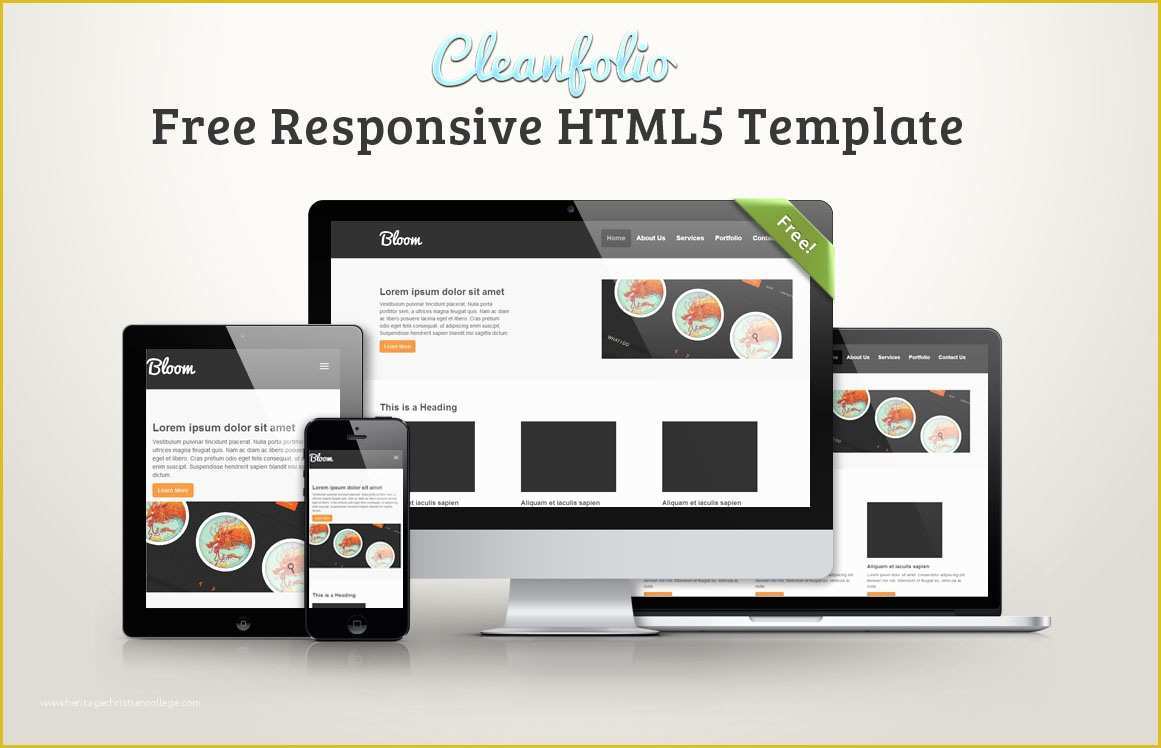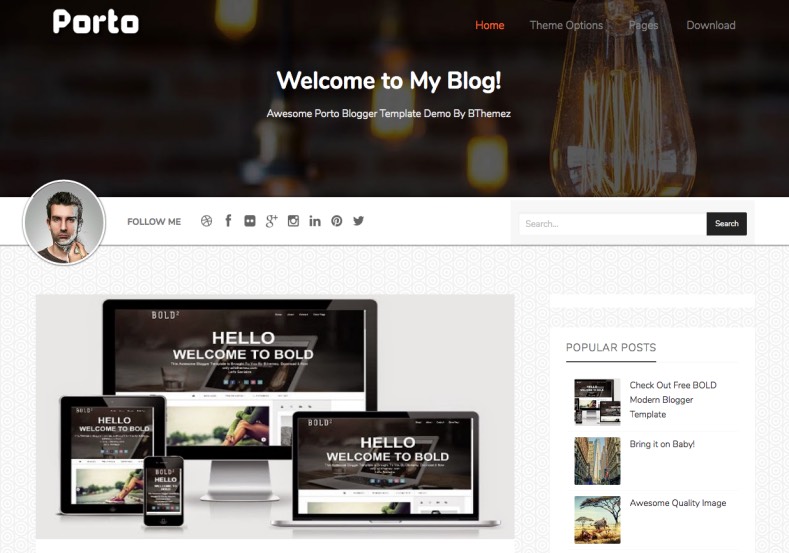

- #TWO COLUMN RESPONSIVE LAYOUT TEMPLATE HOW TO#
- #TWO COLUMN RESPONSIVE LAYOUT TEMPLATE MANUAL#
- #TWO COLUMN RESPONSIVE LAYOUT TEMPLATE FULL#
We can basically partition the page into equal parts or three parts or in any capacity we like. Format just alludes to the plan or the course of action of the page by isolating the entire page into various pieces and various sizes. So also, we as a whole have thought regarding the word Layout.
#TWO COLUMN RESPONSIVE LAYOUT TEMPLATE HOW TO#
So, in this article we will discuss how to make a responsive div layout of different height and width using HTML and CSS. Responsive implies that the plan works in each gadget freely. We as a whole realize that what does responsive methods. In this way, here we talk about different Responsive Layout Examples. On the off chance that the site has flawless format, at that point the vibes of the site looks simply incredible. Designs assumes a crucial job in making the site look great. We frequently observe different sites with different plans of their formats. The div component is frequently utilized as a container for other HTML components to style them with CSS or to play out specific assignments with JavaScript.
#TWO COLUMN RESPONSIVE LAYOUT TEMPLATE MANUAL#
(For example, labels are not supported for manual bold formatting.The div tag characterizes a division or an area in a HTML record. Do not write the colon manually in the label text.

It is not intended as a fallback for very long labels.
#TWO COLUMN RESPONSIVE LAYOUT TEMPLATE FULL#
The purpose of the wrapping feature is to make the full label text legible and to help avoid unnecessary use of abbreviations. It must be meaningful, succinct, short, and descriptive. To avoid truncation, labels within forms wrap automatically.Īlways aim to keep your labels as concise as possible. Remember that a label is not a help text. The new behavior with the empty columns now can be achieved. If it is set to ‘false’, the form with a single group has as many columns as the properties columnsM/L/XL are set to. A single group covers the entire width of the form, irrespective of the values of the properties columnsM/L/XL. Therefore, a new property had to be introduced: singleContainerFullSize.If you are using a simple form, set this property directly in the simple form control. Its default value is ‘true’, which reflects the old behavior. So if single groups no longer cover the entire form, all forms with a single group are automatically changed to two column forms in size L if the default value of the property columnsL has not been changed manually to 1. However, the default value of columnsL has always been 2. Therefore, it was not possible to create an empty column next to the single group. This had to be changed.

Up to SAPUI5 version 1.34, a group in a form with only this single group covered the entire width, irrespective of the value of the properties columnsM/L.


 0 kommentar(er)
0 kommentar(er)
